欢迎访问宝典图库网站!


新闻资讯
怎么选择超声波清洗设备?
作者:admin来源:/时间:2022-03-04
一、超声波清洗设备频率的选择
1、 Frequency selection of ultrasonic cleaning equipment
超声清洗频率从28kHz到120kHz之间,在使用水或水清洗剂时由空穴作用引起的物理清洗力显然对低频有利,一般使用28-40kHz左右。对小间隙、狭缝、深孔的零件清洗,用高频较好,甚至几百kHz。对钟表零件清洗时,用400kHz。若用宽带调频清洗,效果更良好。
The ultrasonic cleaning frequency ranges from 28kHz to 120kHz. When using water or water cleaning agent, the physical cleaning force caused by the action of holes is obviously beneficial to the low frequency. Generally, it is about 28-40khz. For parts with small gaps, slits and deep holes, high frequency is better, even hundreds of kHz. When cleaning clock parts, use 400kHz. If you use broadband FM cleaning, the effect is better.
二、超声波清洗设备功率的选择
2、 Power selection of ultrasonic cleaning equipment
超声波清洗效果不一定与功率×清洗时间成正比,有时用小功率,花费很长时间也没有清除污垢。而如果功率达到一定数值,有时很快便将污垢去除。若选择功率太大,空化强度将大大增加,清洗效果是提高了,但这时使较精密的零件也产生蚀点,得不偿失,而且清洗缸底部振动板处空化严重,水点腐蚀也增大,在采用三氯乙烯等有机溶剂时,基本上没有问题,但采用水或水溶性清洗液时,易于受到水点腐蚀,如果振动板表面已受到伤痕,强功率下水底产生空化腐蚀更严重,因此要按实际使用情况选择超声功率。
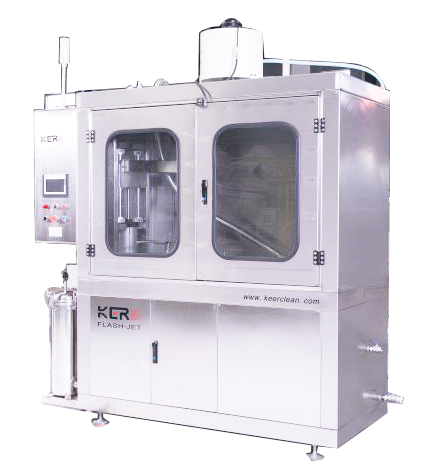

Ultrasonic cleaning effect is not necessarily related to power × Cleaning time is in direct proportion. Sometimes with low power, it takes a long time without removing dirt. If the power reaches a certain value, sometimes the dirt will be removed quickly. If the power is too large, the cavitation intensity will be greatly increased and the cleaning effect will be improved, but at this time, the more precise parts will also produce corrosion spots, which is not worth the loss. In addition, the cavitation at the vibrating plate at the bottom of the cleaning cylinder is serious and the water spot corrosion also increases. There is basically no problem when using organic solvents such as trichloroethylene, but when using water or water-soluble cleaning solution, it is easy to be corroded by water spots, If the surface of the vibrating plate has been damaged, cavitation corrosion at the bottom of the water under high power is more serious, so the ultrasonic power should be selected according to the actual use.
三、超声波清洗设备清洗液温度的选择
3、 Selection of cleaning fluid temperature for ultrasonic cleaning equipment
水清洗液适宜的清洗温度为40-60℃,尤其在天冷时若清洗液温度低空化效应差,清洗效果也差。因此有部分清洗机在清洗缸外边绕上加热电热丝进行温度控制,当温度升高后空化易发生,所以清洗效果较好。当温度继续升高以后,空泡内气体压力增加,引起冲击声压下降,反应出这两因素的相乘作用。
The suitable cleaning temperature of water cleaning solution is 40-60 ℃, especially in cold weather. If the temperature of cleaning solution is low and the cavitation effect is poor, the cleaning effect is also poor. Therefore, some cleaning machines wrap heating wires around the outside of the cleaning cylinder for temperature control. When the temperature rises, cavitation is easy to occur, so the cleaning effect is good. When the temperature continues to rise, the gas pressure in the cavity increases and the impact sound pressure decreases, reflecting the multiplication of these two factors.
四、超声波清洗设备清洗篮的使用
4、 Use of cleaning basket of ultrasonic cleaning equipment
在清洗小零件物品时,常使用网篮,由于网眼要引起超声衰减,要特别引起注意。当频率为28khz时使用10mm以上的网眼为好。
When cleaning small parts, the basket is often used. Because the mesh will cause ultrasonic attenuation, special attention should be paid to it. When the frequency is 28kHz, it is better to use a mesh of more than 10mm.
五、关于清洗液量的多少和清洗零件的位置的确定
5、 Determination of the amount of cleaning fluid and the position of cleaning parts
一般清洗液液面高于振动子表面100mm以上为佳。由于单频清洗机受驻波场的影响,波节处振幅很小,波幅处振幅大造成清洗不均匀。因此选择清洗物品位置应放在波幅处。
Generally, the liquid level of cleaning fluid is more than 100mm higher than the surface of vibrator. Because the single frequency cleaning machine is affected by the standing wave field, the amplitude at the wave node is very small, and the amplitude at the wave amplitude is large, resulting in uneven cleaning. Therefore, the position of cleaning articles should be placed at the wave amplitude.
六、超声波清洗设备不同的清洗液,要区分的清洗系统
6、 Ultrasonic cleaning equipment different cleaning fluid, to distinguish the cleaning system
水性系统:通常由敞口槽组成,工件浸没其中。而复杂的系统由多个槽组成,并配备循环过滤系统、冲淋槽、干燥槽以及其它附件。
Aqueous system: it is usually composed of an open tank in which the workpiece is immersed. The complex system consists of multiple tanks and is equipped with circulating filtration system, flushing tank, drying tank and other accessories.
溶剂系统:多为超声波汽相除油脂清洗机,常配备废液连续回收装置。超声波汽相清除油脂过程是由溶剂蒸发槽和超声浸洗槽形成的集成式多槽系统完成的。在热的溶剂蒸汽和超声激荡共同作用下,油、脂、蜡以及其他溶于溶剂的污垢就被除去。经过一系列清洗工序后下料的工件发热、洁净、干燥。
Solvent system: mostly ultrasonic vapor phase degreasing cleaning machine, often equipped with waste liquid continuous recovery device. The ultrasonic vapor phase oil removal process is completed by an integrated multi tank system formed by solvent evaporation tank and ultrasonic immersion tank. Under the combined action of hot solvent vapor and ultrasonic agitation, oil, grease, wax and other dirt dissolved in solvent are removed. After a series of cleaning procedures, the workpiece is hot, clean and dry.
七、超声清洗工艺及清洗液的选择
7、 Ultrasonic cleaning process and selection of cleaning solution
在购买清洗系统之前,应对被清洗件做如下应用分析:明确被洗件的材料构成、结构和数量,分析并明确要清除的污物,这些都是决定所要使用什么样的清洗方法,判断应用水性清洗液还是用溶剂的先决条件。终的清洗工艺还需做清洗实验来验证。只有这样,才能提供合适的清洗系统、设计合理的清洗工序以及清洗液。考虑到清洗液的物理特性对超声清洗的影响,其中蒸汽压、表面张力、黏度以及密度应为显着的影响因素。温度能影响这些因素,所以它也会影响空化作用的效率。任何清洗系统必须使用清洗液。
Before purchasing the cleaning system, the following application analysis shall be made for the cleaned parts: clarify the material composition, structure and quantity of the cleaned parts, analyze and clarify the dirt to be removed, which are the prerequisites for determining what kind of cleaning method to use and judging whether to use aqueous cleaning solution or solvent. The final cleaning process needs to be verified by cleaning experiment. Only in this way can we provide appropriate cleaning system, reasonably designed cleaning process and cleaning solution. Considering the influence of the physical characteristics of cleaning fluid on ultrasonic cleaning, steam pressure, surface tension, viscosity and density should be significant factors. Temperature can affect these factors, so it will also affect the efficiency of cavitation. Any cleaning system must use cleaning fluid.
八、超声波清洗设备清洗件处理
8、 Treatment of cleaning parts of ultrasonic cleaning equipment
超声清洗的另一个考虑因素是清洗件的上、下料或者说是放置清洗件的工装的设计。清洗件在超声清洗槽内时,无论清洗件还是清洗件篮都不得触及槽底。清洗件总的横截面积不应超过超声槽横截面积的70%。橡胶以及非刚化塑料会吸收超声波能量,故将此类材料用于工装时应谨慎。绝缘的清洗件也应引起特别注意。工装篮设计不当,或所盛工件太重,纵使的超声清洗系统的效率也会被大大降低。钩子、架子以及烧杯都可用来支持清洗件。
Another consideration of ultrasonic cleaning is the loading and unloading of cleaning parts or the design of tooling for placing cleaning parts. When the cleaning part is in the ultrasonic cleaning tank, neither the cleaning part nor the cleaning part basket shall touch the bottom of the tank. The total cross-sectional area of the cleaning parts shall not exceed 70% of the cross-sectional area of the ultrasonic tank. Rubber and non rigid plastics absorb ultrasonic energy, so care should be taken when using these materials in tooling. Special attention shall also be paid to the cleaning parts of insulation. The efficiency of the ultrasonic cleaning system will be greatly reduced even if the tooling basket is not designed properly or the workpiece is too heavy. Hooks, shelves and beakers can be used to support cleaning parts.
 公司:宝典图库
公司:宝典图库  热线:18663767799
热线:18663767799 地址:山东省济南市济阳区创业路与启航街交叉口南40米
地址:山东省济南市济阳区创业路与启航街交叉口南40米




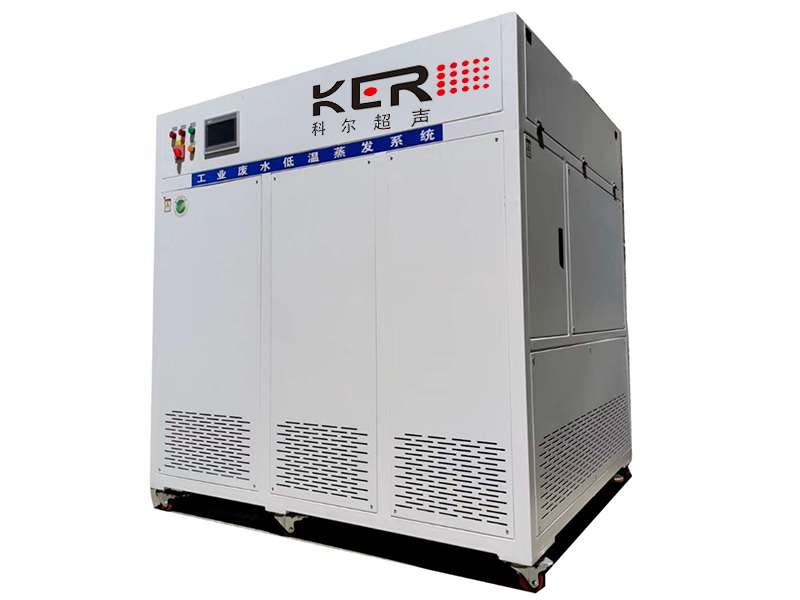
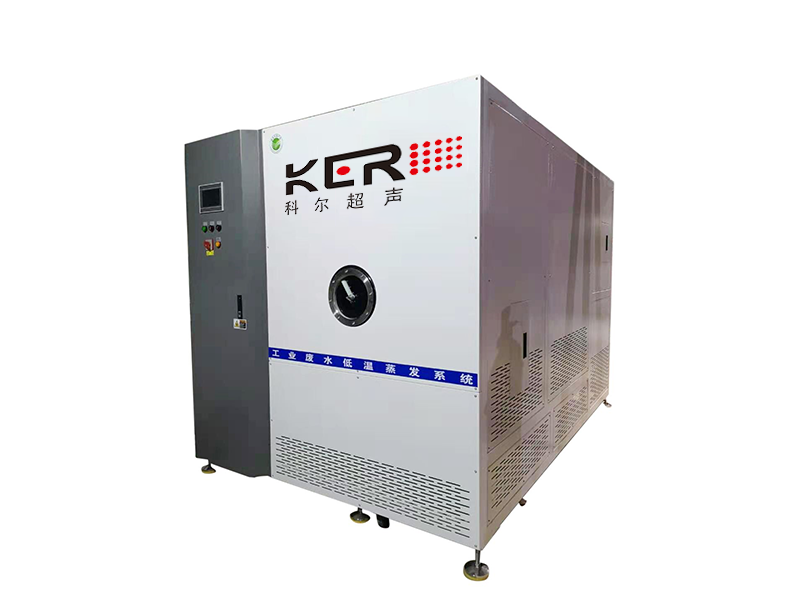
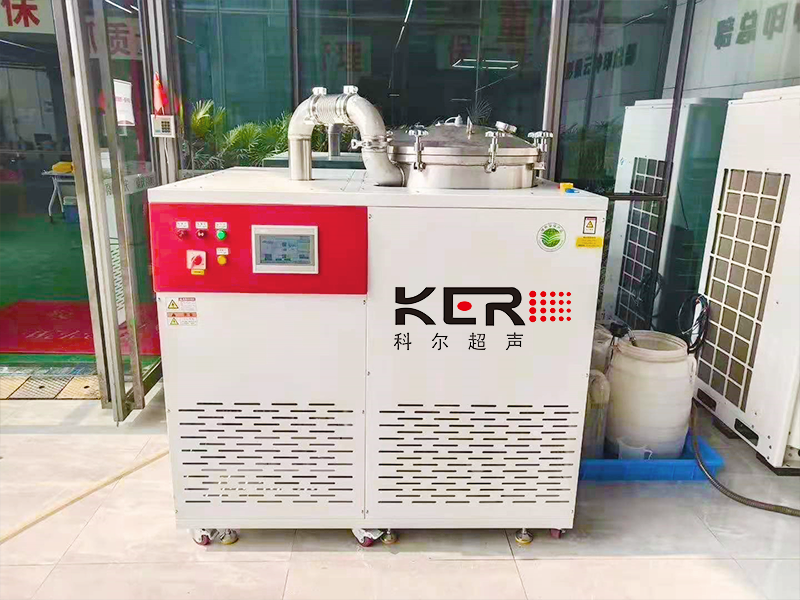

 新闻资讯
新闻资讯
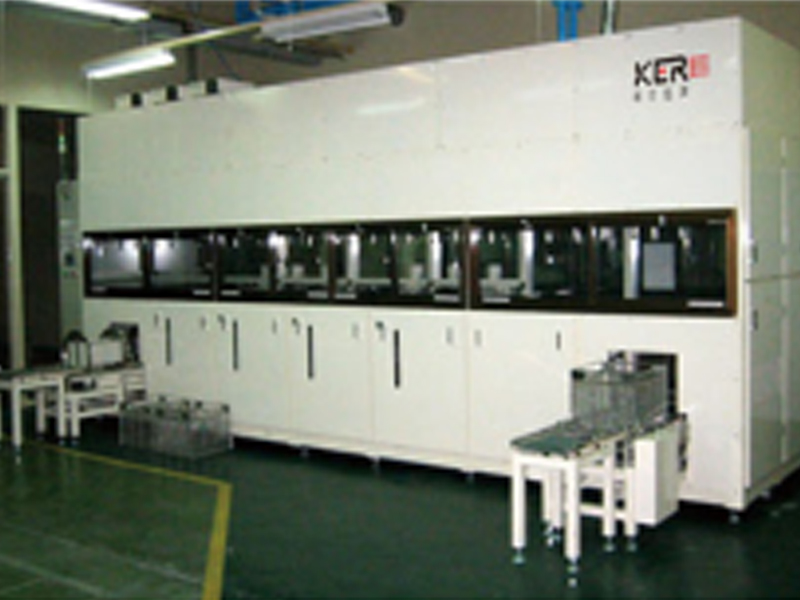
 联系我们
联系我们
 咨询电话:18663767799
咨询电话:18663767799 E-MAIL:
E-MAIL: 地址:山东省济南市济阳区创业路与启航街交叉口南40米
地址:山东省济南市济阳区创业路与启航街交叉口南40米 鲁公网安备 37011202001385号
鲁公网安备 37011202001385号
